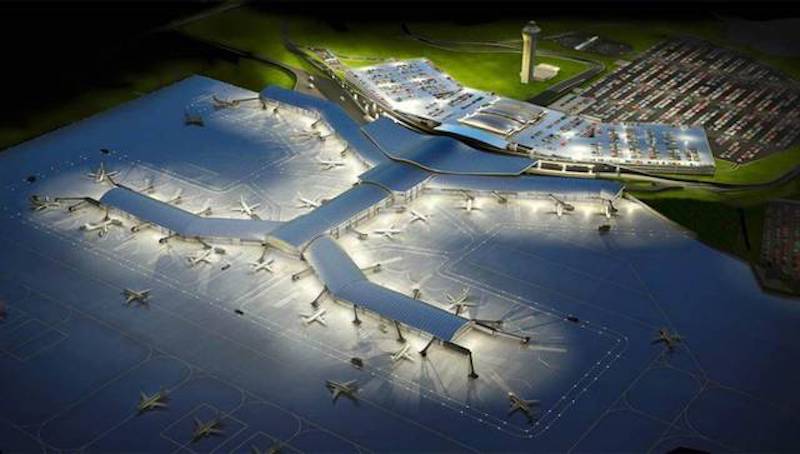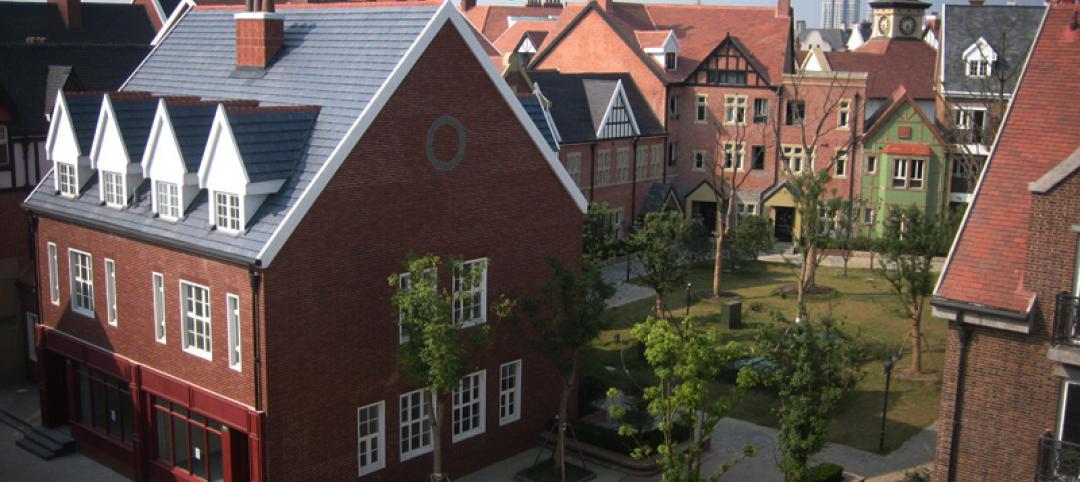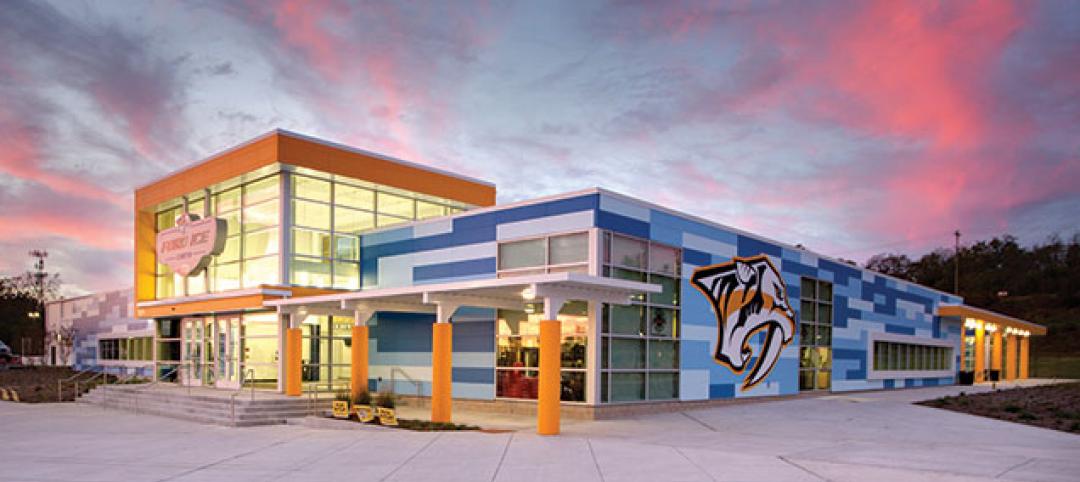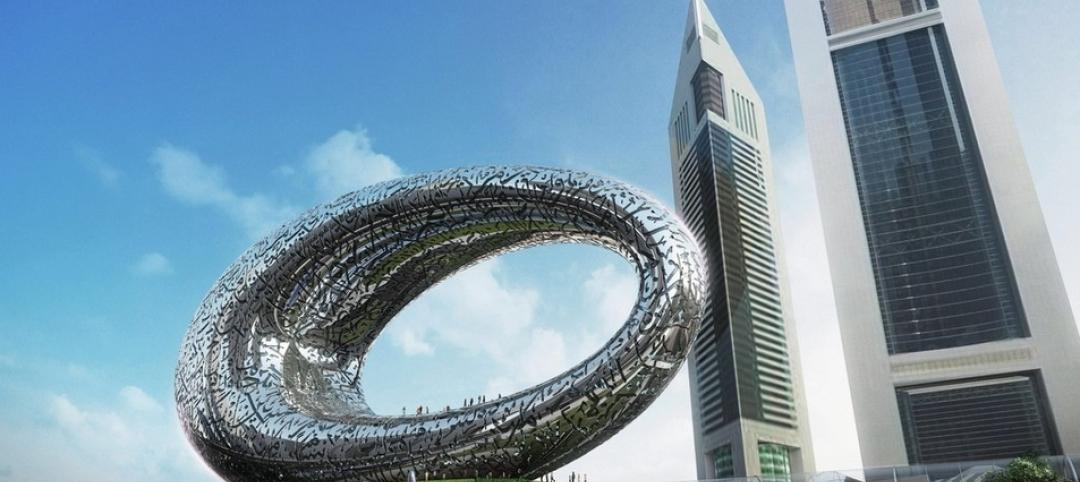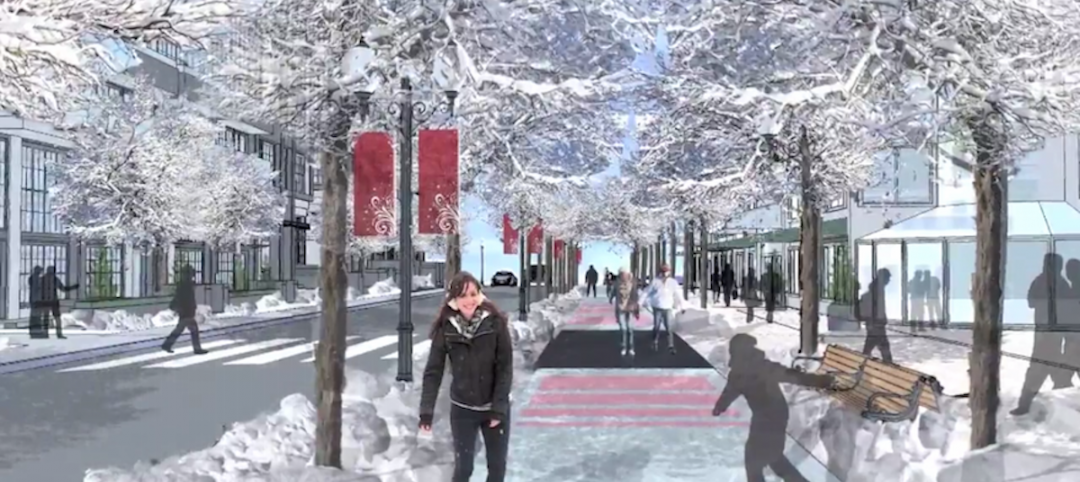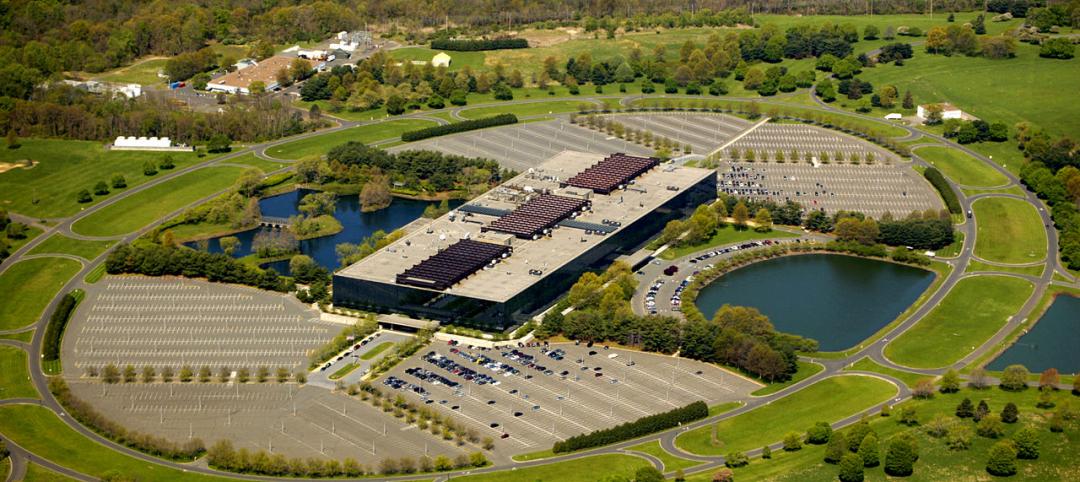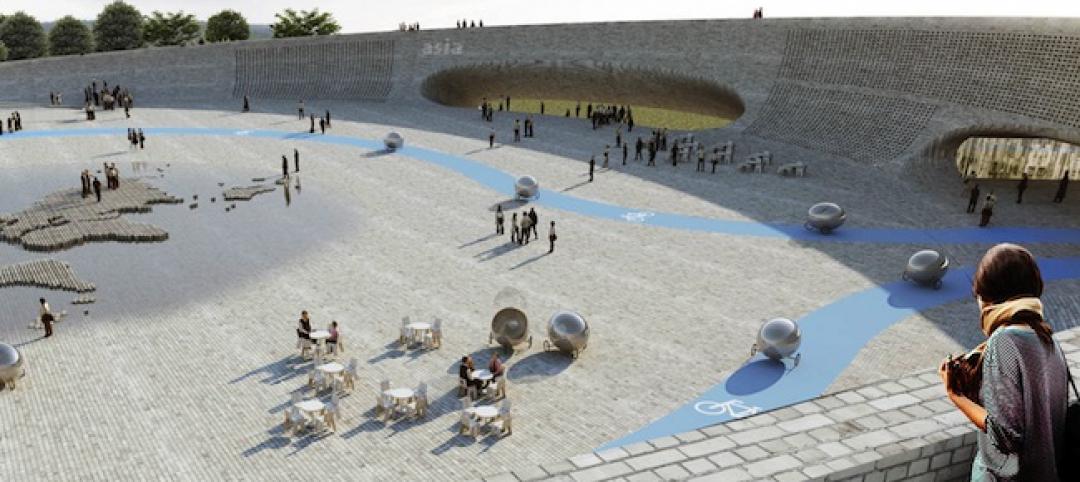America’s crumbling infrastructure might finally be getting the attention and funding it needs. But how best to rebuild that infrastructure, and who will pay for it, are shaping up to be contentious debates among the country’s two political parties and its newly elected president, who has identified infrastructure building as one of his administration’s priorities, and has singled out 50 projects that could receive immediate funding boosts.
President Trump’s team has provided the National Governors Association with a list of 50 “Emergency & National Security” infrastructure projects across the country that are in various stages of engineering, permitting and funding. The document, which the Kansas City Star and other news outlets have obtained and published, estimates that at least half of the $137.5 billion in total investment for those projects would be paid for by private investors. The document estimates that the projects would create 193,350 direct jobs and 241,700 indirect jobs over an indeterminate period of years.
Not surprisingly, Trump favors projects that are upgrading or rebuilding roads, bridges, rail- and waterways, and hydro plants. (At least six projects identified in the document are upgrades of existing systems of locks and dams.) A number of projects, such as the M1-Rail in Detroit and the Second Avenue Subway in New York, are already pretty far along in their engineering, permitting, and financing.
Energy projects are prioritized, too, such as $5 billion for the Chokecherry and Sierra Madre wind farm in Wyoming, and between $4.5 billion and $5 billion for the Atlantic Coast Pipeline that serves multiple utilities in Virginia and North Carolina.
A number of nonresidential construction and reconstruction projects are on the list, including the modernization of Union Station in Washington D.C., an $8.7 billion public-private project that, according to the document, would serve as a model for other multimodal terminals around the country. (The Chicago Union Station Redevelopment would get $1 billion, according to the document.)
Another $972 million would be allocated for a new centralized terminal replacing Terminal A at Kansas City Airport, for which Southwest and other airlines have already committed nearly $1 billion. One billion dollars would go toward expanding Seattle’s Airport. And $1.8 billion would support the St. Louis Airport Commission’s recent approval of a major development project at Lambert-St. Louis International Airport.
This document became public as President Trump, through executive orders, was moving to restart the construction of the Keystone XL Pipeline and the Dakota Access Pipeline, which President Obama halted over environmental concerns.
Another executive order directs federal resources toward building a massive wall along the 1,954-mile U.S.-Mexico border. The Government Accountability Office estimates that a single-layer fence would cost $6.5 million per mile, plus another $4.2 million per mile for supporting roads and fencing. CNN, quoting estimates by civil engineers and architects, reports that a wall made from precast cement panels and reinforced steel supports (not unlike the sound barriers along highways), 20 feet high and five feet below ground, could cost $10 billion and take most of Trump’s first term to complete.
Trump has insisted, both on the campaign trail and in office, that Mexico would pay for this wall. The New York Times this morning reports that Team Trump is considering plans that would divert foreign aid to Mexico toward paying for the wall construction.
Trump contends that the infrastructure spending proposed in the document released to the governors association, which would be primarily in the form of tax credits to investors, would “unlock” $1 trillion in private-sector spending.
Indeed, who pays, and which infrastructure projects get precedence, will be hot topics going forward. The Democrats have unveiled a $1 trillion proposal that relies heavily on new government spending, and is projected to create 15 million jobs over 10 years. Reuters reports that the Senate Democrats’ plan includes $210 billion to rebuild roads and bridges, $110 billion for water and sewage projects, $180 billion for rail and bus systems, and $75 billion to rebuild schools.
That plan has already been rejected by Senate Majority Leader Mitch McConnell, who led the opposition against President Obama’s 2009 economic stimulus legislation that included funding for infrastructure rebuilding. House Speaker Paul Ryan (R-Wis.) is on record saying that any infrastructure plan should have $40 of private-sector spending for every $1 of public spending.
On the other hand, Sen. Chuck Schumer (D-NY), the Senate Democratic leader, has stated that his party can’t accept the tax-credit scheme that Trump has proposed for infrastructure rebuilding, which he characterized as “tax credits for developers.”
Related Stories
Mixed-Use | Jul 22, 2015
Despite China's 'ghost cities,' the country continues construction boom
Cities continue to spring up in the heart of China. Designed to accommodate millions, many are still nearly empty.
Sponsored | Cladding and Facade Systems | Mar 24, 2015
Designers turn a struggling mall into a hub of learning and recreation
Architects help Nashville government transform a struggling mall into a new community space.
Museums | Mar 5, 2015
A giant, silver loop in Dubai will house the Museum of the Future
The Sheikh of Dubai hopes the $136 million museum will serve as an incubator for ideas and real designs—a global destination for inventors and entrepreneurs.
Cultural Facilities | Feb 25, 2015
Edmonton considering 'freezeway' to embrace winter
If the new Edmonton Freezeway is constructed, residents will have an 11-km course that winds through the city and allows them to skate to work, school, and other city activities.
Mixed-Use | Feb 11, 2015
Developer plans to turn Eero Saarinen's Bell Labs HQ into New Urbanist town center
Designed by Eero Saarinen in the late 1950s, the two-million-sf, steel-and-glass building was one of the best-funded and successful corporate research laboratories in the world.
| Jan 15, 2015
Libeskind unveils 'zig zag' plan for recreational center near Vilnius ski area
Perched on the highest peak between Vilnius' historic quarter and downtown, the Vilnius Beacon will be a hub for visiting skiers and outdoor enthusiasts.
| Jan 7, 2015
4 audacious projects that could transform Houston
Converting the Astrodome to an urban farm and public park is one of the proposals on the table in Houston, according to news site Houston CultureMap.
| Aug 6, 2014
BIG reinvents the zoo with its 'Zootopia' natural habitat concept [slideshow]
Bjarke Ingels’ firm is looking to improve the 1960s-designed Givskund Zoo in Denmark by giving the animals a freer range to roam.
| Jul 30, 2014
German students design rooftop solar panels that double as housing
Students at the Frankfurt University of Applied Sciences designed a solar panel that can double as living space for the Solar Decathlon Europe.
| Jul 24, 2014
MIT researchers explore how to make wood composite-like blocks of bamboo
The concept behind the research is to slice the stalk of bamboo grass into smaller pieces to bond together and form sturdy blocks, much like conventional wood composites.


